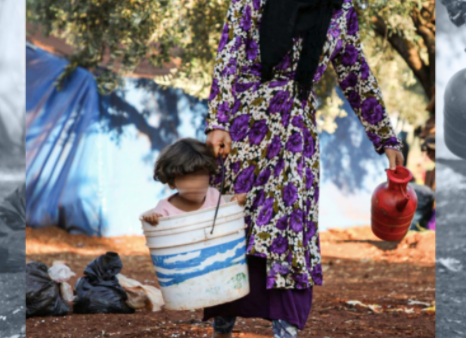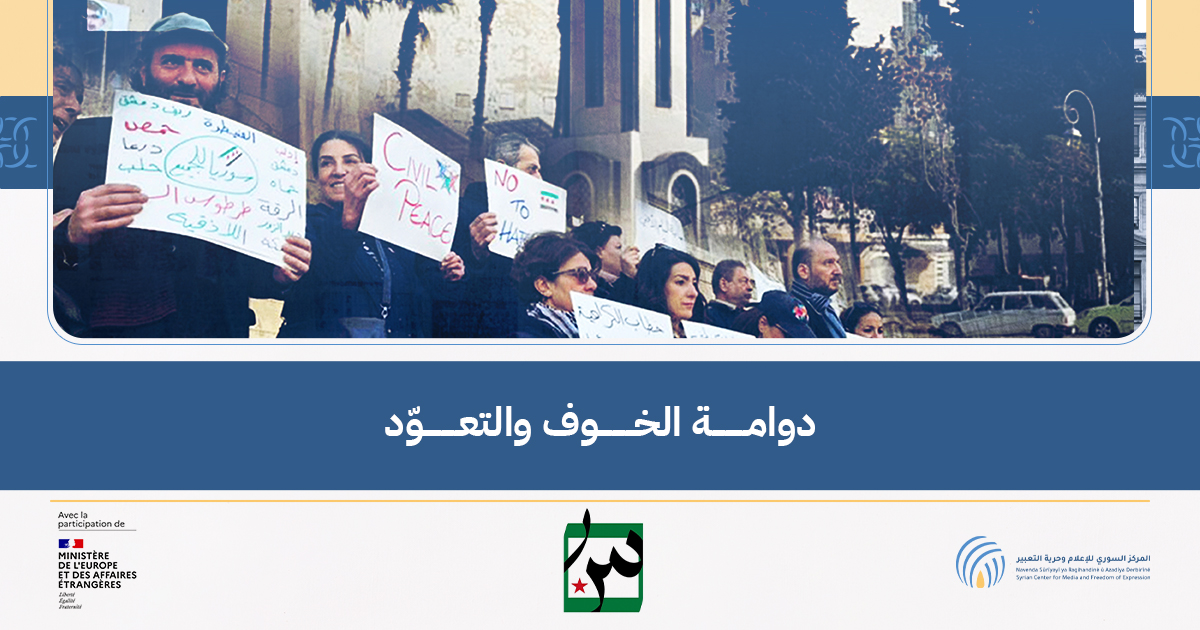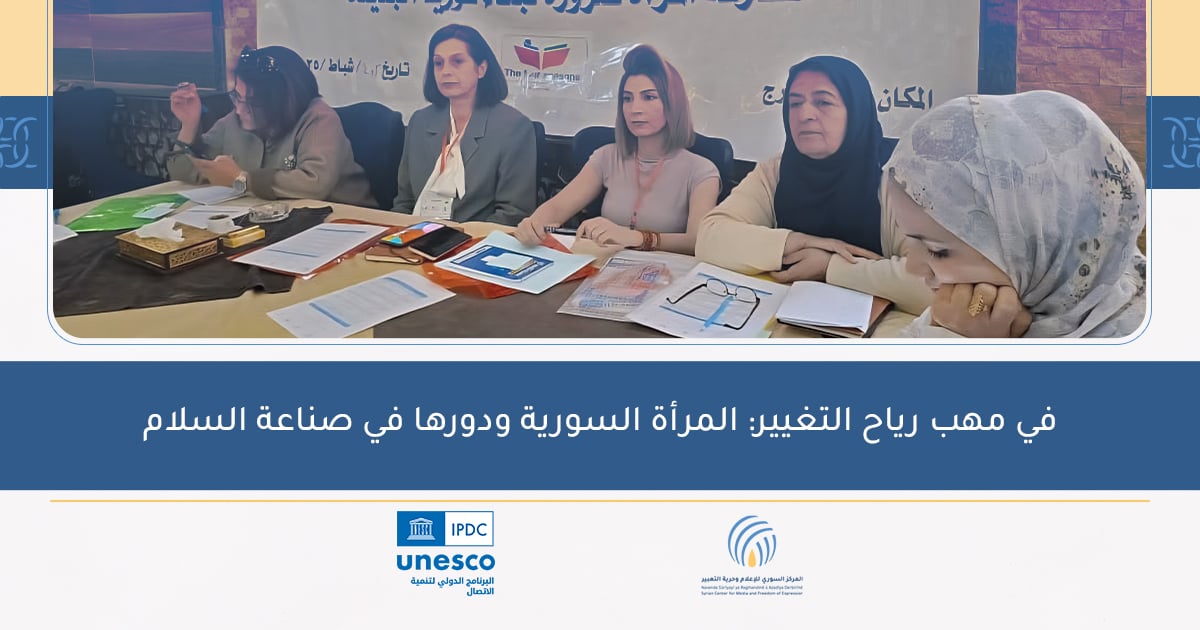A combination of social, cultural, and economic factors accumulated for decades, generated a hierarchy that placed women inferior to men in patriarchal societies and created what might be called the acquired rights of men at their expense. It resulted in a series of difficulties and obstacles facing women in various fields, according to the different social and economic groups to which they belong. These hardships are exacerbated in contexts of humanitarian crises and conflicts, where they expand and ramify, targeting women›s basic rights as a result of weak social structures and the collapse or inability of political and legal systems. They are thus exposed to deeper and greater threats with insecurity, and violations that may extend to the highest human right, which is the right to life, and to forms of gender-based violence that intensify in cases of refugees and forced displacement leaving their effects on women and on other generations to come. With the length of the conflict, Syrians were forced to seek refuge outside the country or to be displaced within it. Women and girls in Syria faced a steady increase in risks and forms of violence, which are particularly acute in displacement camps, due to the deterioration in the level of basic services in the areas of security, health, justice and social services, and the deepening of inequality and discrimination against them. Although forced displacement provides a level of safety away from combat, it also brings with it enormous challenges: the absence of basic shelter; limited access to public services and social protection; loss of income. . These risks can lead to the use of harmful coping mechanisms in the context of gender-based violence such as early or forced marriage. While the camps themselves provide an environment that fosters violence and diminishes or violates the right to privacy, a fundamental human right enshrined in Article 12 of the Universal Declaration of Human Rights and Article 17 of the International Covenant on Civil and Political Rights, which defines the limits and components of an individual›s private life, including the privacy of space, which a person occupies as his home or workplace. Practices of gender-based violence persist despite the legal rules for the protection of women in peace and armed conflict, the general rules for the protection of civilians that cover them on equal terms with men, and the texts of international law that criminalize violence. These state that internally displaced persons must enjoy their full rights, in addition to humanitarian assistance and protection as an obligation of a government or de facto authority first of all, and an obligation to international protection when national authorities are unable or unwilling to fulfil their obligations. Not dissimilar to the protection of refugee rights and the obligations of states under the provisions of the 1951 International Refugee Convention, which include in the case of IDPs to help provide food, adequate shelter, health care and education, and facilitate the implementation of voluntary durable solutions by returning them to their homes of origin.1 These are the obligations that the de-facto authorities were unable to fulfil, and there was no international desire or unanimity to bridge this shortfall, which threatens the lives of the 6.7 million displaced Syrians in 2021,2 of whom about one million and 44 thousand are distributed in the 1293 northwestern camps, and for whom life is over. The default is for 90% of them, according to the statement of the “Syria Response Coordinators” team issued on January 24, 2022,3 without stopping the expansion in size and population numbers. The number of women was 377,292,4 and approximately one out of every 3 of them, or 30%, had experienced physical and/or sexual violence at the hands of a partner or sexual violence at the hands of a non-partner, or both, according to a report issued by the World Health Organization5 in 2018. In other words, approximately 125,000 women in displacement camps in northern Syria live under violence and insecurity. Holding Up in Displacement Camps, and so it is their voices, which we try in this report to hear and to transmit.
You can read and download the report.
Skip to PDF content




